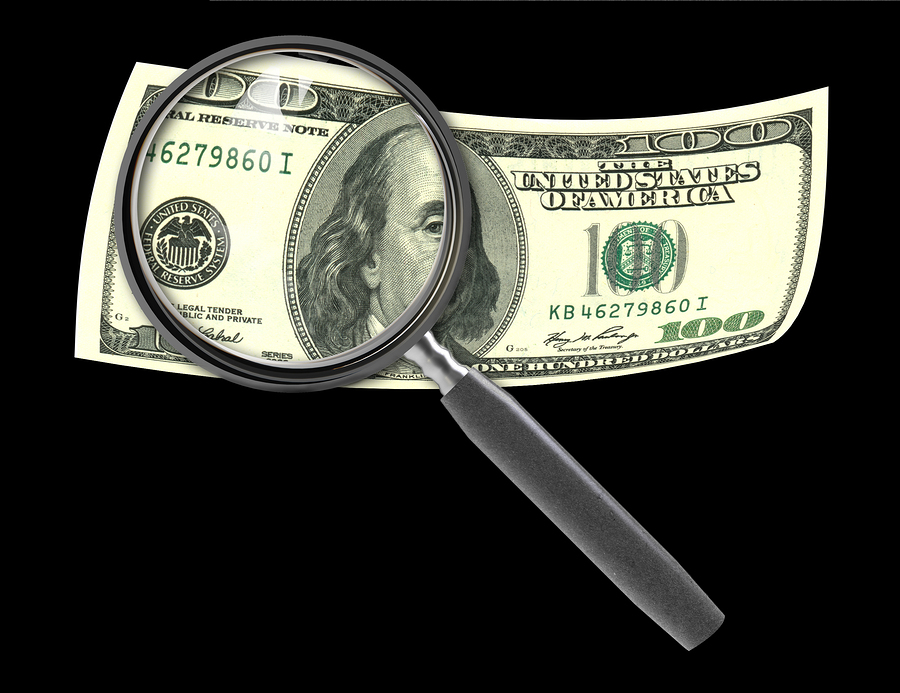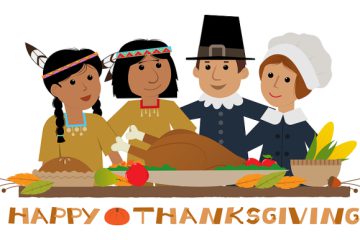Businesses report fake bills

Jun. 16, 2014 PLYMOUTH VOICE.
Plymouth Michigan News
Two Plymouth merchants recently reported receiving counterfeit currency.
Last week the Coffee Beanery and Biggby Coffee on Ann Arbor Road both reported taking in fake $20 bills from customers according to Plymouth Police Detective Lt. Jamie Grabowski.
Grabowski said it’s not unusual to receive reports of counterfeit money at least once a year, but merchants should remain ever watchful and keep information on security features on hand and readily available for cashiers.
“There are many ways for merchants and citizens to detect the fake money, but the one usual biggest clue is the touch,” said Grabowski.
“Counterfeit money will often feel very different than real money, sometimes very thin and crunchy.
“Lots of times it’s the paper. If you’re in doubt, holding it up to a bill you know is real is a good way to tell,” Grabowski said, cautioning that it’s important to compare bills in the same series and years.
According to the U.S. Secret Service there are several characteristics that distinguish genuine currency in addition to the paper. The portrait, borders seals and serial numbers are all key elements. Micro writing, watermarks and very closely spaced lines make it harder for a counterfeiter to reproduce the currency. They estimate that less than 0.01 per- cent of U.S. paper currency in circulation is counterfeit. This small number is due in large part to the security features.
All denominations, except the $1 and $2, have been redesigned at least once since 1990, so it is best to compare the suspect bill to one in the same series, or date, according to treasury officials. While the look of money has changed over the years, the distinctive feel has been left largely unchanged. The feel of a bill made 50 years ago should feel similar to a brand new dollar bill.
Grabowski cautioned that sometimes the reports of suspected counterfeits turn out to be genuine bills. He cited one case where forgers took real currency, bleached the paper and overprinted the denomination, a method where detection pens won’t work. He said people with color printers sometimes only try to create passable facsimiles of a bill.
“They are not trying to make an exact copy but are trying to create something close enough that people won’t notice anything if they just give the bill a passing glance. “They’ll often pass the money in dark places, like strip clubs or bars.”
“They’ll take say large bills and buy something for $1 and get $499 back in real money.
“Maybe that’s why they’re passing them in coffee shops.” Grabowski said.
Plymouth Voice.


